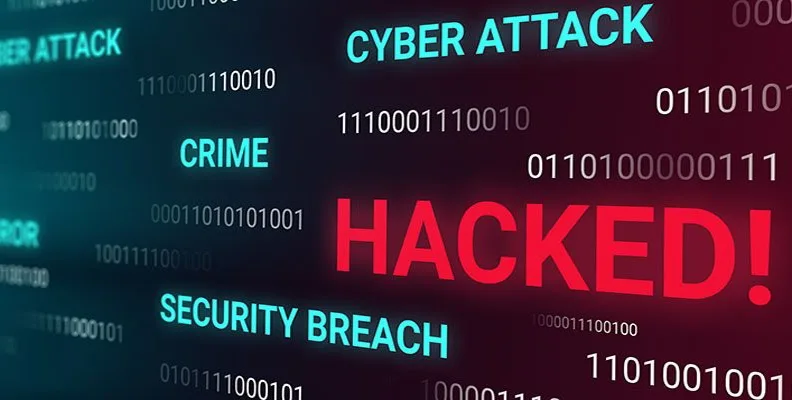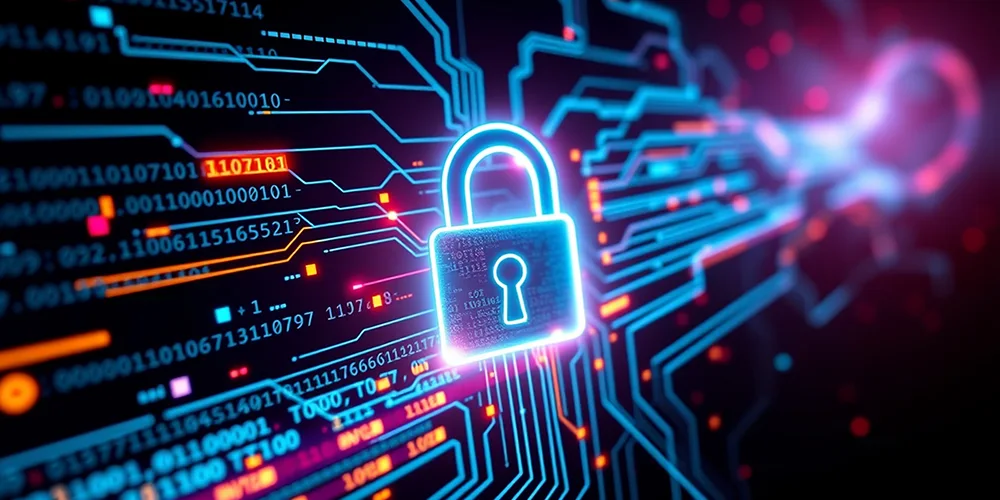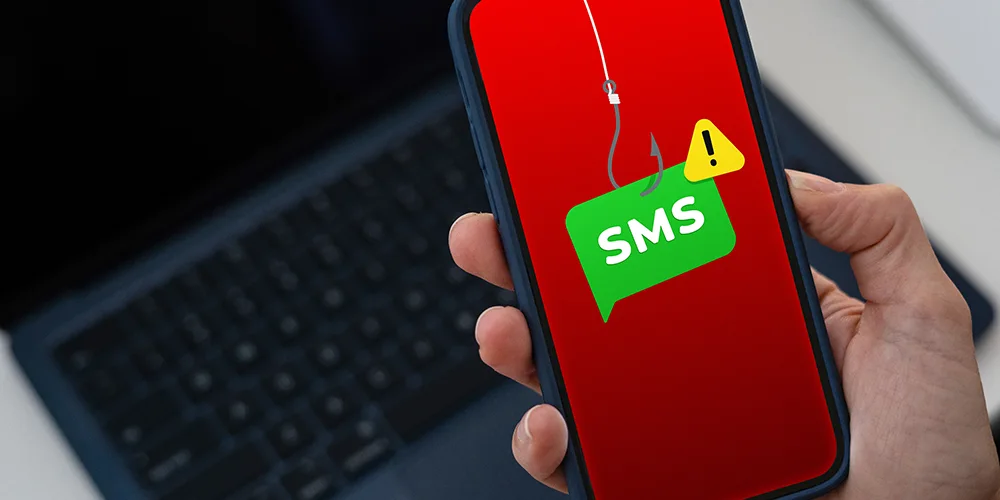7 Cybersecurity Myths Debunked

Posted on May 20, 2020 by Louise Howland
Cybersecurity is one of those topics that is shrouded in mystery and misconception. From understanding what really makes a strong password, to recognising potential vulnerabilities, the truth is that many individuals – including business owners – are getting it wrong. Understand the truth about cybersecurity with our guide to debunking cybersecurity myths.
1. “My password is solid”
One of the most important cybersecurity questions to ask is ‘how secure is your password, really’? The truth is that weak passwords are still commonplace. It’s shocking how many people still use ‘123456’, or ‘qwerty’, but aside from this, even personalised passwords can be very easy to guess. Common password errors include:
- Using the names or date of births of loved ones and pets
- Using the same password on multiple accounts
- Writing passwords down on paper, ‘in a safe place’
If any of these sound familiar, this should be rectified as soon as possible. In a business environment, IT security policies should include these factors.
2. “Cybersecurity breaches are covered by insurance”
Business owners often make the mistake in thinking that they will be covered by their insurance in the event of a data breach. While some policies might cover financial losses in the event of a cyberattack, the fact is most policies do not. This is something that must be specified at the time of buying insurance or procured entirely separately. Purchasing cyber and data insurance is definitely worth looking into if you work in a business that stores customer and/or sensitive data.
3. “Only big businesses are targeted by cyber attackers”
This is one of the most dangerous cybersecurity myths out there; the belief that hackers are only interested in big businesses. The truth is that SMEs also need a cybersecurity framework because they are just as likely to be targeted by cybercriminals.
It’s often thought that SMEs don’t have the budget to spend on quality cybersecurity services, and because of this, hackers believe they are more likely to penetrate their digital systems. This published list of data breaches reveals that businesses of all sizes and in all sectors are at risk.
4. “Computer viruses only affect desktops”
The rapid evolution of technology in the last twenty years has meant that it’s been difficult to keep up with changes in cybersecurity. Once upon a time, when desktops were the primary source of internet access, everyone who had one was made aware of the dangers of getting a virus. While this is still true, the fact is that any device that can be connected to the online world is at risk of a cyber-attack.
Mobile phones, tablets, and other items in the Internet of Things can be hacked and intercepted. Because it’s normal for multiple devices to be connected, once one has been hacked into, the data stored in other items can also be obtained.
5. “If I don’t store data I don’t need cybersecurity”
Another of the most frequently seen cybersecurity myths is that if your software and devices do not store data, then you don’t need cybersecurity. While some businesses may choose to take this risk, the truth is that some cybercriminals are not looking to obtain data. Instead, some deploy ransomware which can lock you out of your devices. The idea behind this is that you cannot re-access your devices until you pay the hacker ransom to do so. Find out more about preventing a ransomware attack.
6. “The IT team will keep us protected”
Many business owners are under the impression that their IT teams will take care of everything and keep the company protected from cyber attacks. While these members of staff are more likely to be informed about potential vulnerabilities and hacker techniques, the fact is, they cannot control all the elements involved.
Your human firewall is a vital component of cyber protection because a significant proportion of data breaches happen as a result of human error. All individuals should have a good understanding of cybersecurity, and be aware of how to help protect the business.
7. “Cybersecurity is too expensive”
A strong human firewall is one of the most effective defences against cybercrime, and it’s entirely free; apart from perhaps time spent creating an IT security policy and training staff.
Whether or not defence software is worthwhile to your business is another important cybersecurity question to ask. Investment in cybersecurity software can go a long way, and it could be your saving grace in the event of a cyber attack. Cybersecurity consultancy is an additional option which could greatly benefit your business. Receiving comprehensive training and advice from the experts will enable your team to put together the defence required to protect all devices and data.
One of the best defence mechanisms against cybercrime is to stay informed. With ample knowledge and understanding of how hackers work, and about the cyber attacks that are happening at any given time all over the world, it’s possible to determine your own potential weaknesses. Seek out as much information as you can, covering everything from how to spot a phishing email, to what you need to do in the event of a cybersecurity breach.







